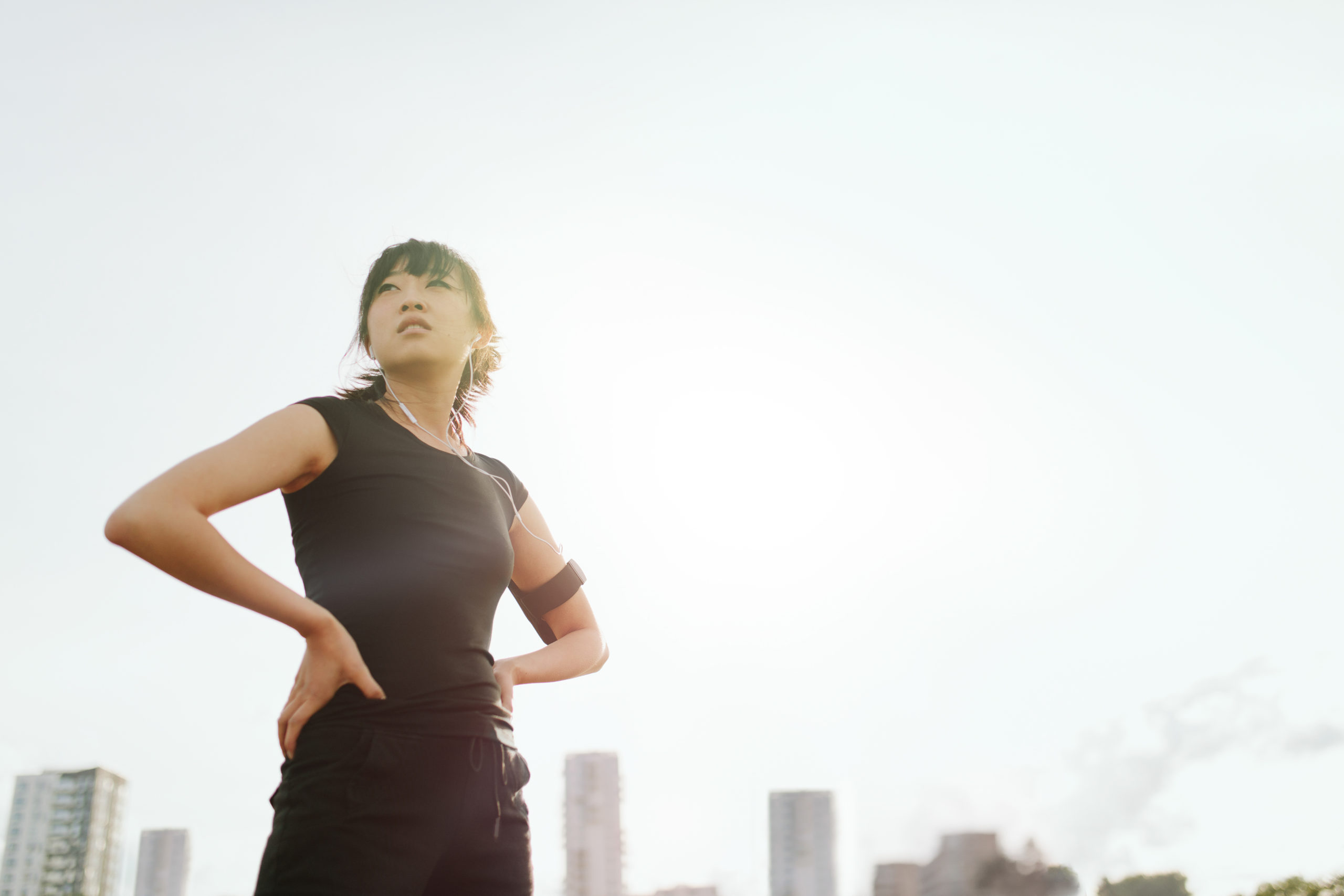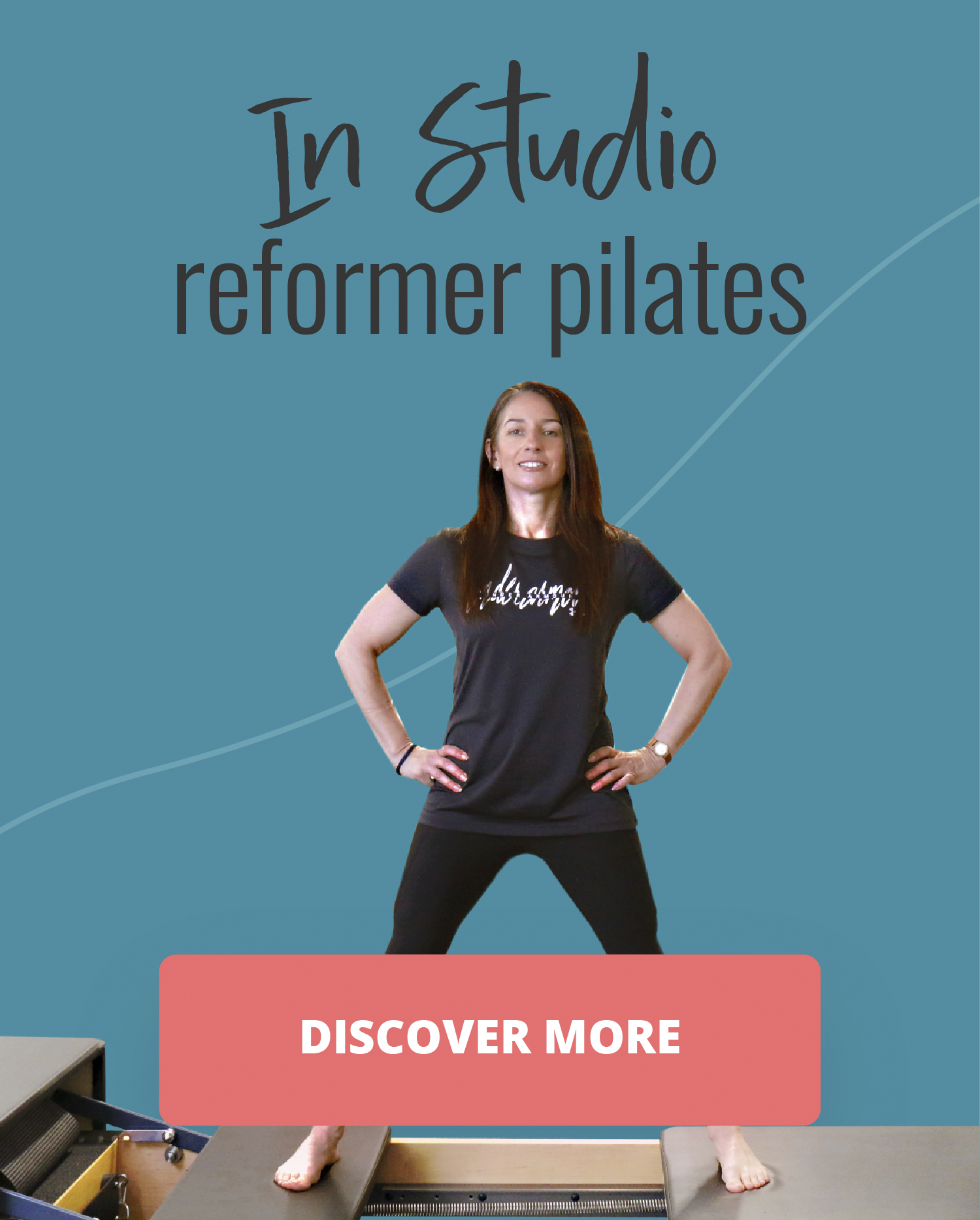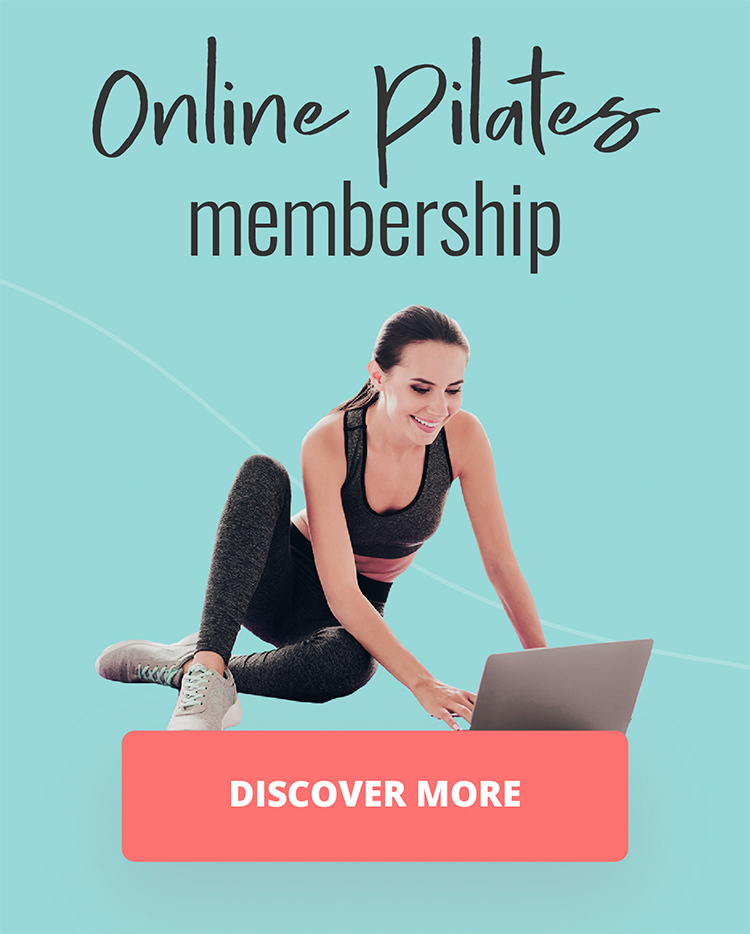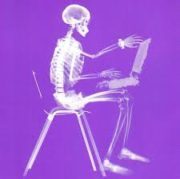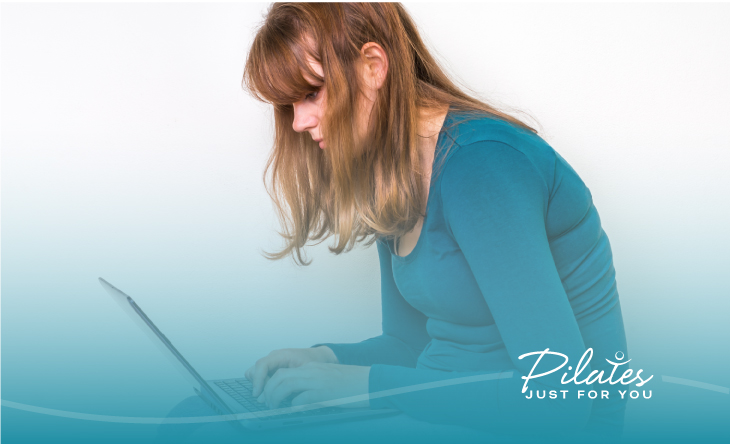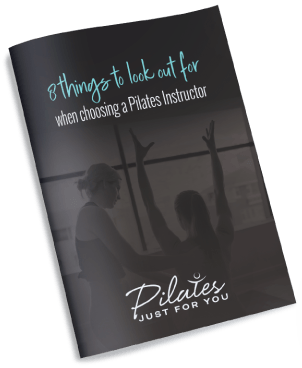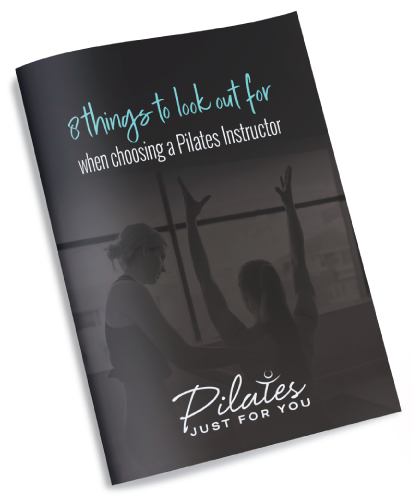Pilates is a good, low-intensity form of exercise suitable for everyone! But what is Pilates?
It’s an all-body workout that improves your core and body strength and flexibility, mobility, balance and coordination, as well as, improving posture and pelvic floor health. It’s easy to get started, whether you’re a total beginner or more experienced.
How long has Pilates been around?
German gymnast and boxer Joseph Hubertus Pilates first created Pilates to ease his health issues, including asthma, by creating a workout that combined mind and body.
After experiencing illness in childhood, Joseph Pilates became a gymnast and boxer before being interned as a German citizen in the UK during World War I.
However, until 1926, when Joseph Pilates immigrated to the United States of America, married his wife, Clara, and opened their first studio together, Pilates became accessible to the public. Joseph and Clara’s new Pilates studio was the first of many, and they continued to run classes until the 1960s.
Two main types of Pilates
There are two common types of Pilates classes available: Studio Pilates and group Pilates at a gym. Understanding the differences will help you choose the best Pilates for your fitness needs. Both types of Pilates classes will likely offer mat and reformer Pilates, as well as using a range of equipment, such as weights, balls and bands. Mat Pilates predominately utilises an exercise mat, and reformers are bed-like machines that are pushed or pulled by your body. These can be adjusted to suit your level of experience and requirements.
Benefits of Studio Pilates
Studio Pilates classes offer intimate, small group workouts, making them perfect for beginners just starting out on their Pilates journey!
The small class size means you’ll get to know your Pilates trainer and get more one-on-one time to improve your form and receive feedback as you progress.
Studios can offer mat Pilates, as well as reformer Pilates and a range of other equipment to use during your workout. You’ll have access to all the specialised and top quality equipment, which offers variety to keep things interesting and yourself motivated. It also allows you to connect and develop friendships with a smaller group of like-minded people, and a personalised approach to your fitness needs.
Benefits of large group Pilates
At a large group Pilates, often at a gym, you don’t get the same level of personalisation and attention from your trainer. Instead, a registered trainer takes you and several others through a set routine, using either mat or reformer style Pilates. This means large Pilates classes aren’t always beginner-friendly, as they cannot provide support to individual students or tailor their routine to any injuries or health conditions.
If you’re looking for a one size fits all Pilates approach and want to work out somewhat independently, you may prefer a gym class.
What is a Pilates session like?
If you’re new to Pilates, the idea of joining a group class can be daunting, however many Pilates studios offer beginner-friendly group classes or private lessons.
A qualified Pilates instructor will guide you through the exercises, providing encouragement and support. Instructors want you to feel comfortable and can provide expert advice on how to tailor the exercises to suit your needs.
Is Pilates easy for beginners?
Yes! Pilates is a great form of exercise for beginners. You need little to no equipment – the Pilates studio provides reformer machines and other Pilates equipment – so it’s easy to get started! Your instructor can help you tailor Pilates classes to your fitness needs.
When you first start Pilates, you’ll get to know your instructor and other class members in a gentle workout. As you get more experience (and confidence!), you may want to move to more challenging classes.
What areas of the body does Pilates work out?
A Pilates workout uses your whole body, from head to toe, to strengthen and tone core muscles, and improve overall body strength.
By focusing on strengthening your core, pilates is great for all bodies and can have a range of great benefits, including:
- Increased body strength
- Improved posture
- Better balance & coordination
- Improved mobility and flexibility
- Reducing stress
- Injury rehabilitation
- Improved pelvic floor health
The main benefits of Pilates
Improves posture
Poor posture can cause spinal dysfunction and malalignment of joints, resulting in back and neck pain, discomfort, and can impact your quality of life.
The great news is poor posture can usually be treated and corrected by strengthening weakened muscles (including your core) with regular exercise. Studio and gym Pilates classes target common problem areas and help strengthen your core. Studio Pilates classes can offer a personalised workout to specifically target your posture goals with a registered practitioner.
Improves flexibility and balance
Regular Pilates workouts help to balance the body and keep joints and muscles healthy. Pilates improves overall musculoskeletal health, promoting better flexibility and balance by relieving tightness and tense muscles
Reduced stress
Exercise has been shown to release endorphins, the happy hormone, to reduce stress and improve mood. Pilates is a low-intensity, whole-body workout that mixes strength training and cardio, making it a perfect mindfulness exercise.
Make new friends!
With a range of group classes available, you’ll meet new friends who share the same passion for Pilates. Whether you’re brand new to Pilates or experienced, you can make friends for life by joining a group class!
Must know Pilates essentials for beginners
When you’re first beginning your Pilates journey, it helps to understand what you can expect from your first classes. Check out our frequently asked questions for more info!
Cost of a class
The cost of a Pilates class will vary from studio to studio. Classes may range from $30 to over $100 and will differ based on the type of class you choose to do, the number of people in the class and the equipment used.
What equipment is required?
Pilates requires little to no equipment to get started. At the very least, it requires an exercise mat and can work up to include machines like reformer machines. Studio and gym classes may also supply other equipment, like exercise bands, balls and light weights to enhance and challenge your workout.
You may wish to keep some of this equipment at home if you’re following along with online classes!
Doing Pilates at home
Since Pilates doesn’t require much equipment, it’s simple to get started from the comfort of your own home. Some studios may offer online classes with a range of resources to help you target your specific needs, such as bad posture, injury and pain.
The intensity level
Pilates is a full-body workout, and if you’re new to it, you’ll be using muscles you didn’t even know you had! Classes range from beginner to advanced to suit every skill level and will vary in intensity. Pilates studios offer smaller group classes, and can personalise the intensity to suit your experience and confidence levels, to ensure you have a safe and enjoyable workout.
How to find the right Pilates teacher?
Pilates instructors are there to help you enjoy the workout, feel confident and help you reach your fitness goals. Find an instructor who engages with their students, asks questions about your goals and provides a welcoming environment.
You can find registered Pilates practitioners through the Australia Pilates Method Association (APMA). With over 400 members registered through the APMA, you can find a Pilates teacher trained in working with injuries and tailoring workouts to your individual health needs.
Studio Pilates classes can accommodate you if you have an injury, or other health requirements, whereas larger group classes are better designed for general workouts, as you complete the same set workout as others in the class.
Is Pilates right for me if I have a health condition?
Since its creation, Pilates has been used to rehabilitate injuries. Because it focuses on improving flexibility, Pilates is still recommended in the healing of musculoskeletal injuries.
Pilates is also an ideal workout for pregnant women and post-natal fitness, as it is low intensity and great for improving pelvic and hip health.
If you have an injury or health condition, consider small studio classes run by a registered Pilates practitioner. This will ensure you get the best Pilates workout, tailored to your needs.
When working with an injury, you should always seek medical advice and speak with your Pilates instructor to create a tailored workout.
Try Pilates Online with Pilates Just for you
If you’re ready to begin your Pilates journey but you’re not sure where to start, check out our online Pilates classes. Our Pilates Online classes let you explore Pilates in the comfort of your home while giving you all the resources you need and access to our instructors to achieve your fitness goals.
Our team is here to help you with any Pilates questions you have. Get in touch with us to find out more.

